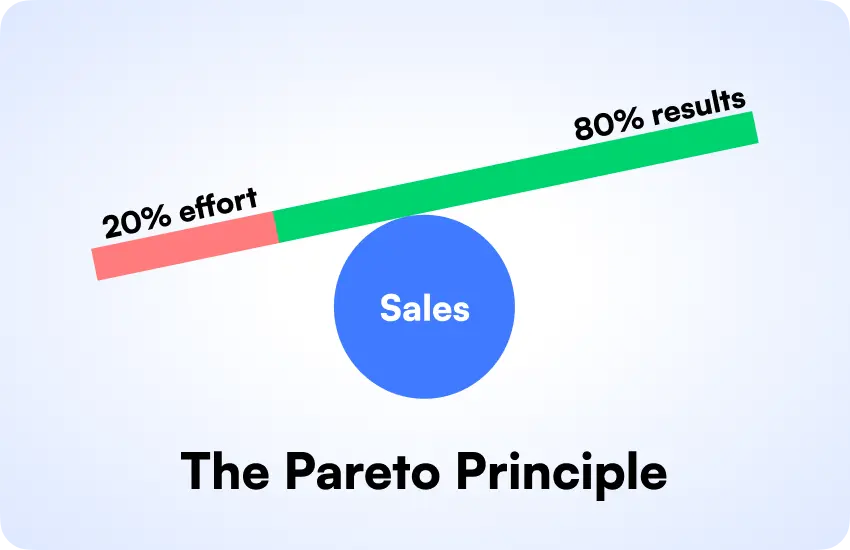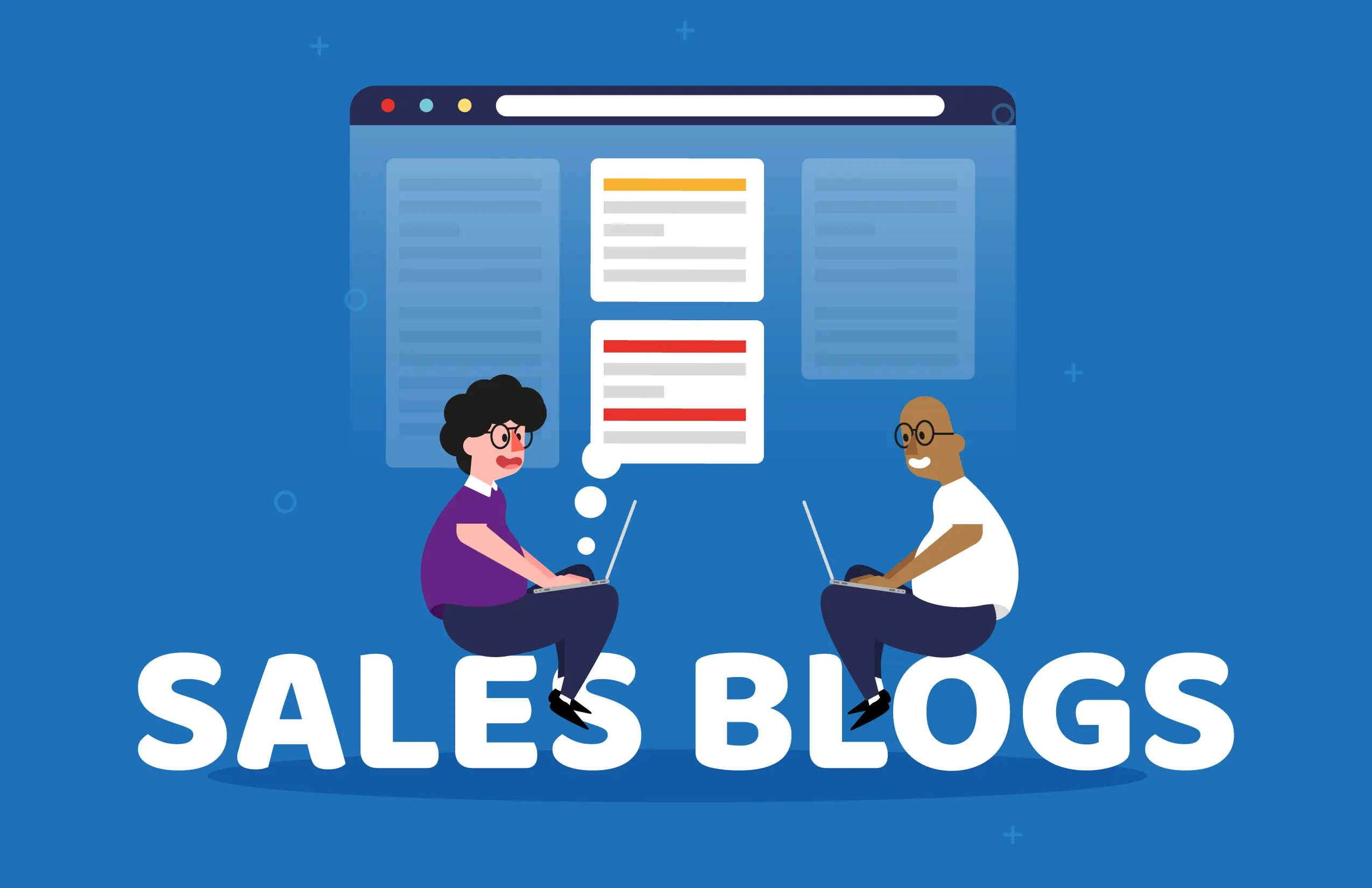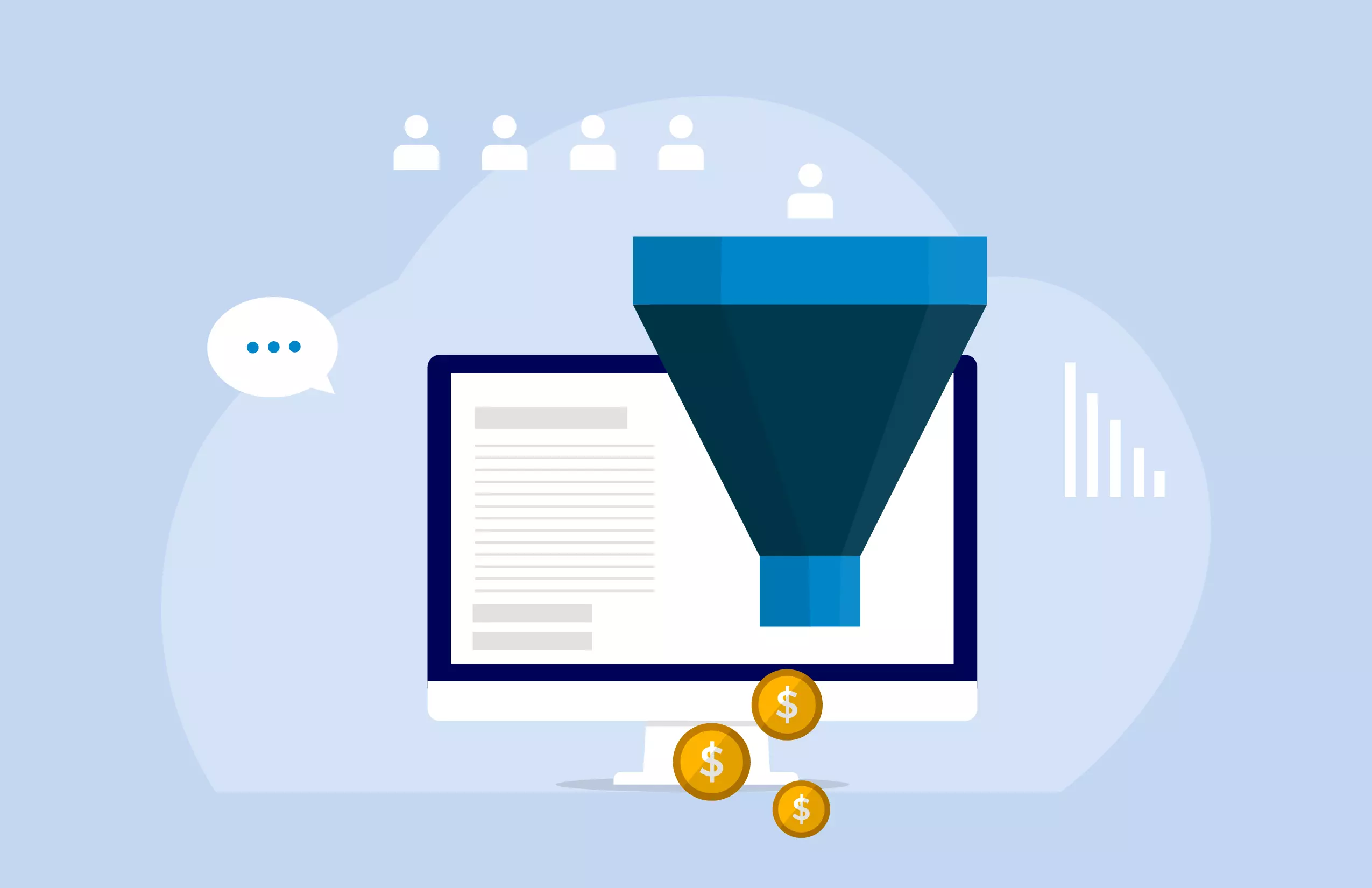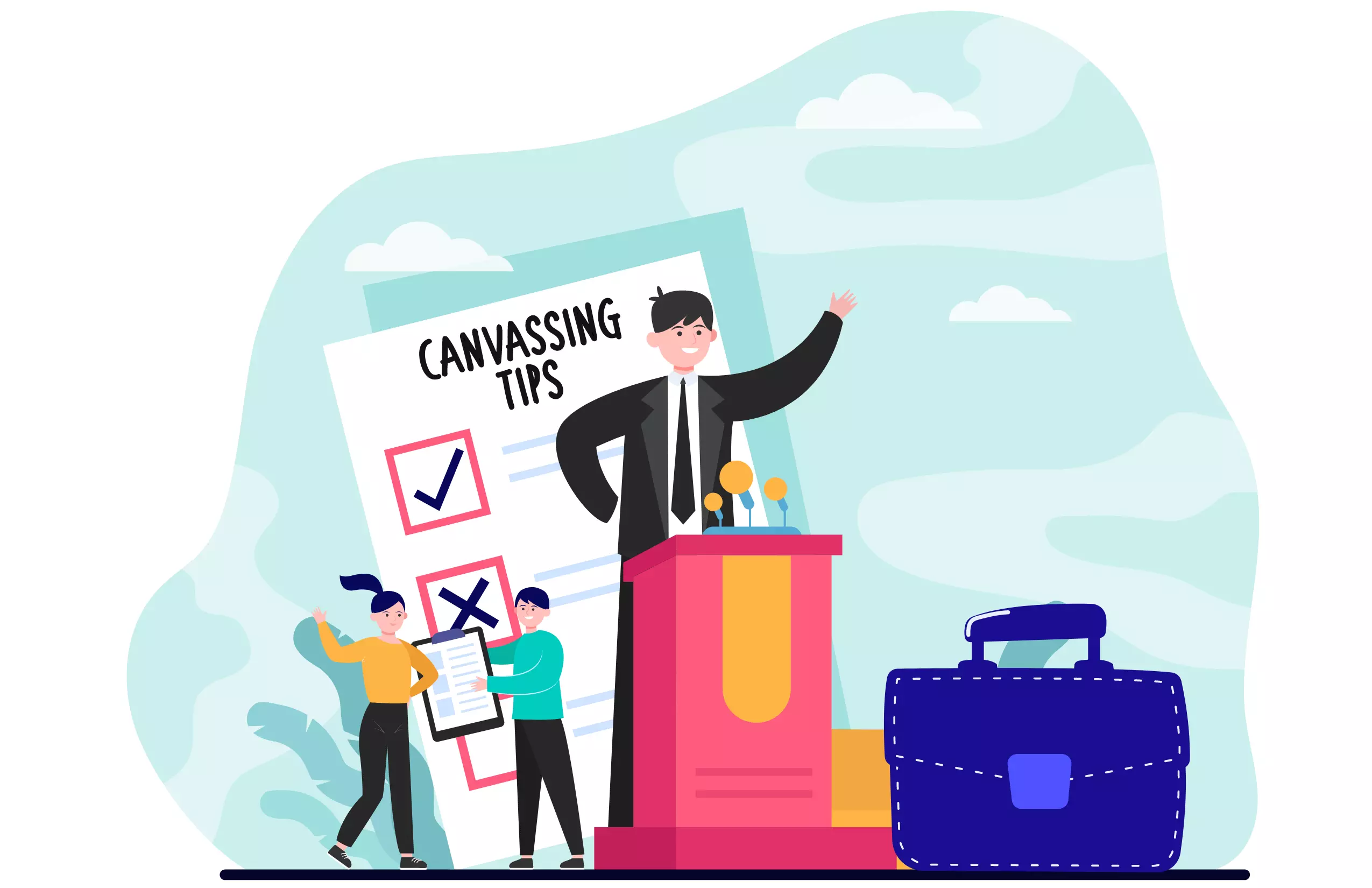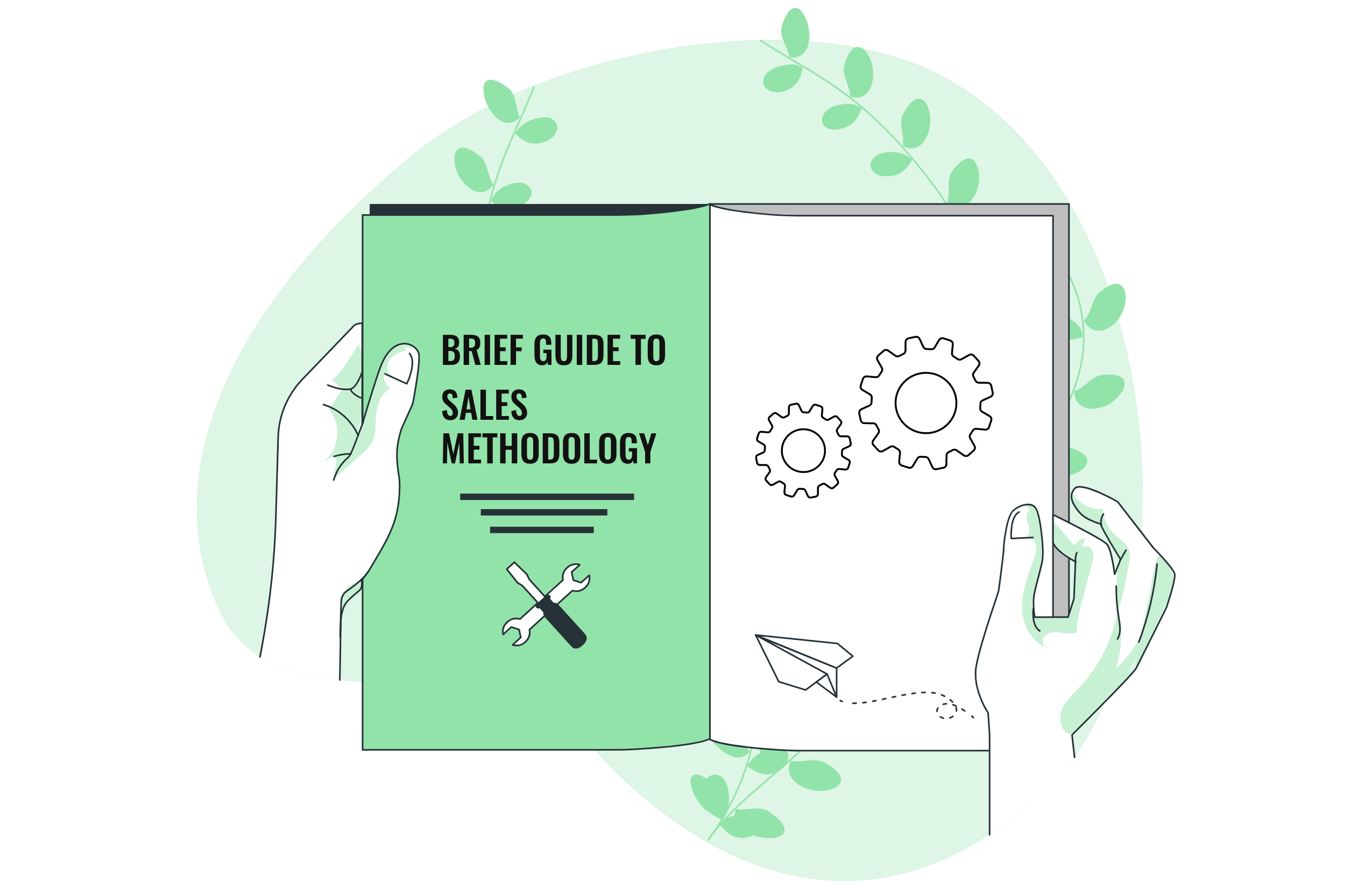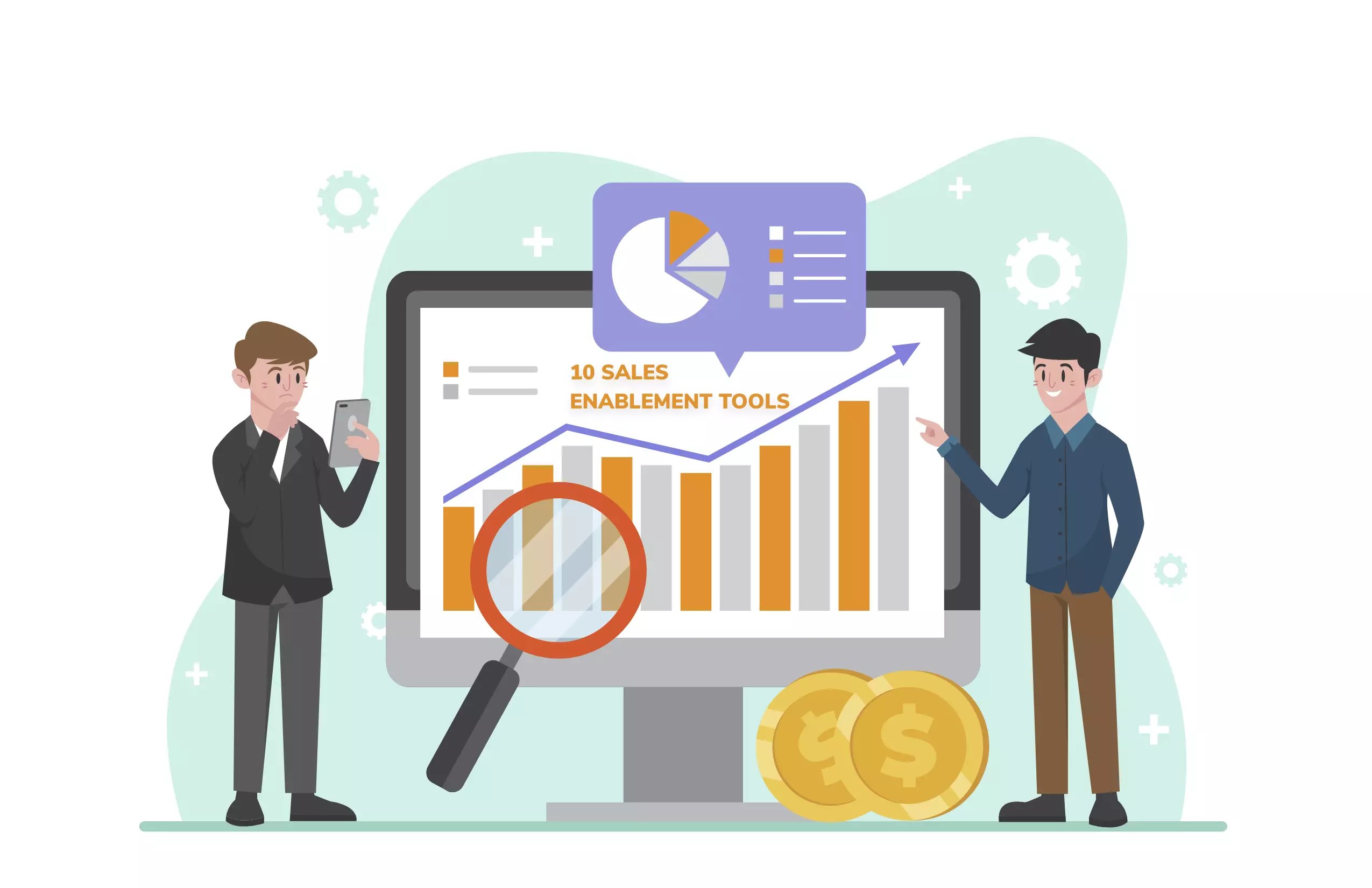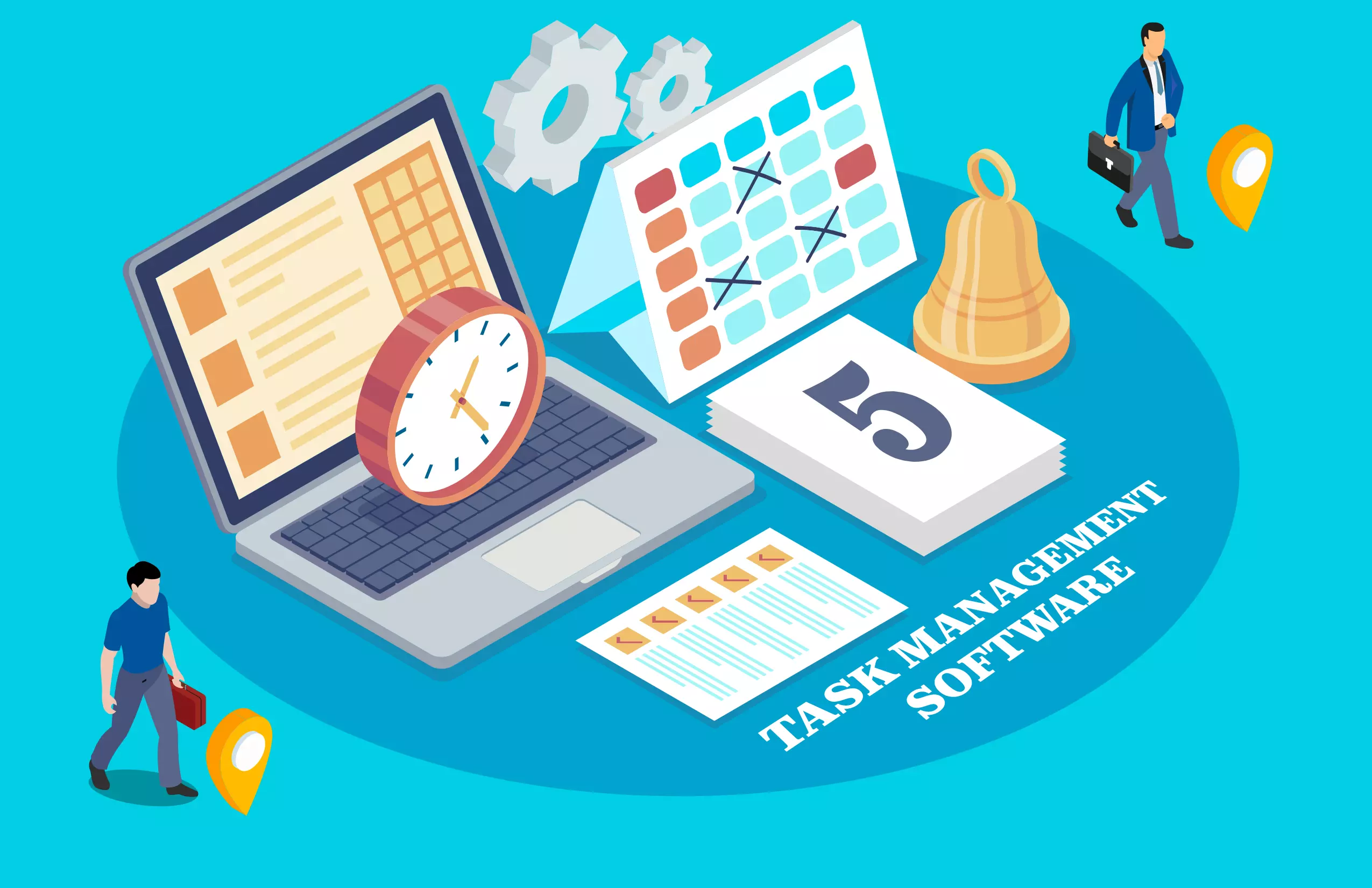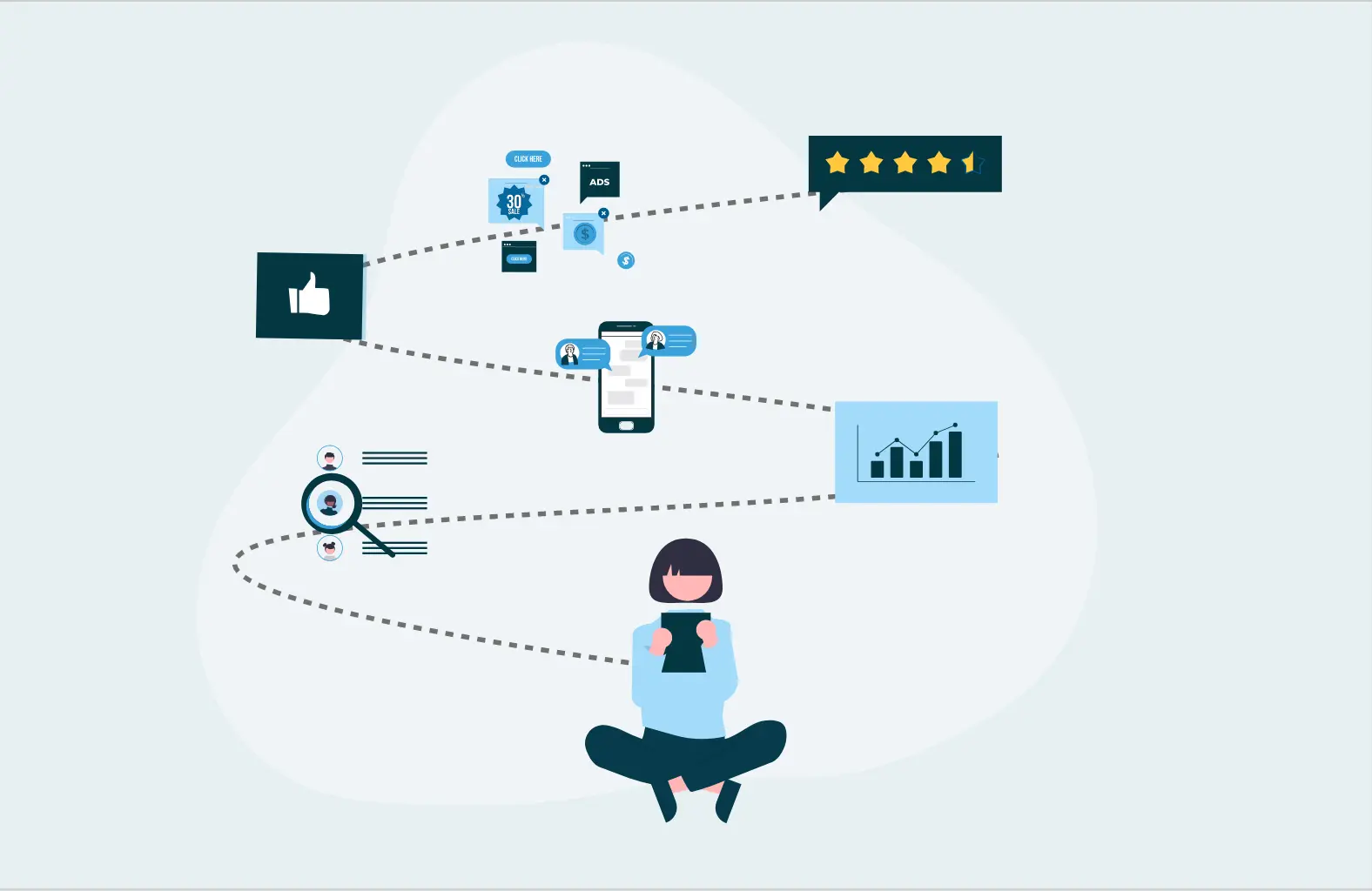
12 Effective Sales Appointment Setting Tips
Table of Contents
Will you agree, if I say the sales call effectively concludes when we successfully convenience our target prospects and leads for an appointment?
I hope for a big yes from you, as you’re surely looking forward to closing more deals.
If this is true, first you need to set an appointment with your target audience, so that you can dazzle them with your brand’s USP without being salesy. You need to care about effective communication abilities, determination, and the ability to handle your target audiences’ objections and rejections.
After all, this is the process of identifying new clients and encouraging them to speak with you, either in person or over the phone. So you can develop a relationship with potential customers, create trust and credibility, and eventually be done with selling.
Now, one question may come to your mind: How should we approach implementing sales appointments, so that its end goal could be in our favor?
Relax! Let me take you through the proven sales appointment hacks through which you can easily impress your customers to take them through a first buy as well as for repeat purchases.
Proven Sales Appointment Setting Tips that You Can Implement to Excel
If you’re thinking following 12 effective tips will drive you to set more appointments and end up in a drastic growth of your business, then you’re right. So, let’s see what they are and what they can bring you to the table.
Highlight Your Passion but Not Desperation
Expressing your interest without desperation while trying to impress your customers during the chat is an invaluable approach. In most cases, salespeople don’t even bother their target prospects’ curiosity and manifest or presume they’re on the right path which you shouldn’t do.
Instead, first, know your target audience’s interests and be genuine while describing how the meeting can be advantageous for them while having a discussion around their pain points and needs. Thus, prospects will be more likely to do business with you if they get a valuable outcome from it and your sales management process will become like a cakewalk.
Don’t Put Your Customers Under Pressure
While some pressure is needed to get the prospect to agree to a sales appointment, it’s crucial to avoid applying it unnecessarily. Too much pressure may cause a prospect to feel uncomfortable or overwhelmed. Instead, concentrate on utilizing power to demonstrate that they still have an option to communicate with you.
For instance, if your target prospects say, “No! I’m not interested”, or “Now, I don’t have time to listen to you”, back off right away to avoid annoying them. Later on, you can connect and approach those prospects politely who told you “Not now” instead of “Not ever”. This will help you showcase that you value their frame of mind which may save you from missing crucial sales meetings.
Take Benefit from Technology
Managing your appointments and follow-ups with technology is quite mandatory nowadays to make your sales meetings more productive. Evaluate your options for software to schedule sales appointments that can possess capabilities to make your appointment calls more successful.
Look for features that make it simple for you to follow up with prospects via email or calls. It’s because you never go through headaches from managing meetings in various time zones to qualify your leads and foster business relationships with them.
Look for People Familiar with Your Brand
Getting connected with people and setting appointments with those who already know about your brands or who show first interest in them is a necessity. Exploring ways can take you through possible connections more smoothly for which you can keep your eye on certain things, likely,
- Who’s talking about your brand on social media?
- Who’s landing on your website and downloading any resources from there?
- Who’s attending your podcast, webinar, or any other event?
- Who’s opening your brands’ promotional or educational emails and ads?
Once, you’ve a handful of information, you can easily target and engage them to go for a sales meeting with you.
Be Ready to Deal with the Denies
A prospect may reject your offer to talk with them or make an appointment. It’s crucial to get ready to address these objections and change the topic of the conversation for better sales relationship management. Make sure the prospects and their company are on track with the solutions your brand offers by conducting market research on the prospects and establishing an audience profile based on what you discover.
Confirm the Meeting
As soon as the conversation is over with your target audience, send an email with the appointment information, including its time, date, and, if necessary, video conference privileges to avoid no-shows. Summarize the conversation you had on the phone and be sure to thank the person for their precious time and words. To make it simpler for the potential client to add the sales appointment to their calendar, provide them with a calendar invite while sending the email.
Use A Wide Range of Channels
Contact potential customers through an omnichannel method is mandatory because you’ve to be there, where your customers are already present. Customers usually need multiple contact efforts before they connect, so it’s crucial to remain persistent without disturbing them to avoid common mistakes in sales.
Use a combination of phone calls, emails, newsletters, social media, and other methods to get in touch with them. It will not only benefit you to smoothly set sales appointments but also take your benefits further while letting you retain 89% of customers.
Ask Predictive Queries
During your phone call, collect information about your target prospects and leads. By doing this, you can make sure that your sales conversation will be more interesting for the prospect so that you can trigger their buying psychology. Additionally, you might learn important details that support your efforts to create sales engagement, book the appointment, and at some point, seal the deal.
Use A Polite but Casual Tone
Avoid speaking in a too formal manner because it could make your target audience disconnect. Instead, adopt a friendly, easy-going tone of voice that comes under the most essential sales personality traits. While it’s still necessary to be respectful, using a good attitude and calm language will let you speak more readily and may result in a more fruitful conversation.
Speak to the Decision-Maker
When trying to make a significant decision, communication with the decision-maker is fundamental. Here, you need to know that with a key-decision maker in the industry, you can identify the hurdles in early-stages more precisely which not only save your time but also provide you a better selling value. Most importantly, don’t advertise to the receptionist, even if it’s essential to establish a relationship and demonstrate respect for them.
Rather than Speaking, Listen More
It’s important that the prospect and you both gain value from the conversation. Make sure to hear their worries more than blabbering or jumping on a response while you’re turning a sales advisor from a sales rep. For this, you can apply an 80-20 rule, where 80% of the conversation should be about your target audience’s requirements and current buying situation. Rest 20% you can take to provide them a value proposition to contribute to them something more unique compared to your competitors.
Encourage the Client to Conduct Independent Research
Give potential customer testimonials on how your brand makes their profit, so your target prospect can learn more about you on their own. Send your target customer an email with resources based on what you talked about as soon as possible, like links to general company information or particular services you have to offer that they would find useful. This may also reconfirm your sincere desire to support them, increase their faith in you, and increase possibilities of word-of-mouth marketing for selling faster and better.
Go & Facilitate Your Sales Growth Faster with Sales Appointment Hacks
The sales appointment-setting tips can together project more effective selling for your business while satisfying your target prospects, leads, or loyal customers. Who knows it can take you to listen to “I’m ready to grab the deal right now”?
Well, these hacks can equally drive results, be it you’re in field sales or remote sales. Here, one additional but important thing you need to remember is that with a field sales automation tool like Lystloc, you can effectively accomplish field sales activity along with implementing sales appointment strategies.
It sounds good, right? So, when you’re confident, do not cross the line between eagerness and desperation while bringing your target audience up to realize what they can miss if not attend the meeting.

